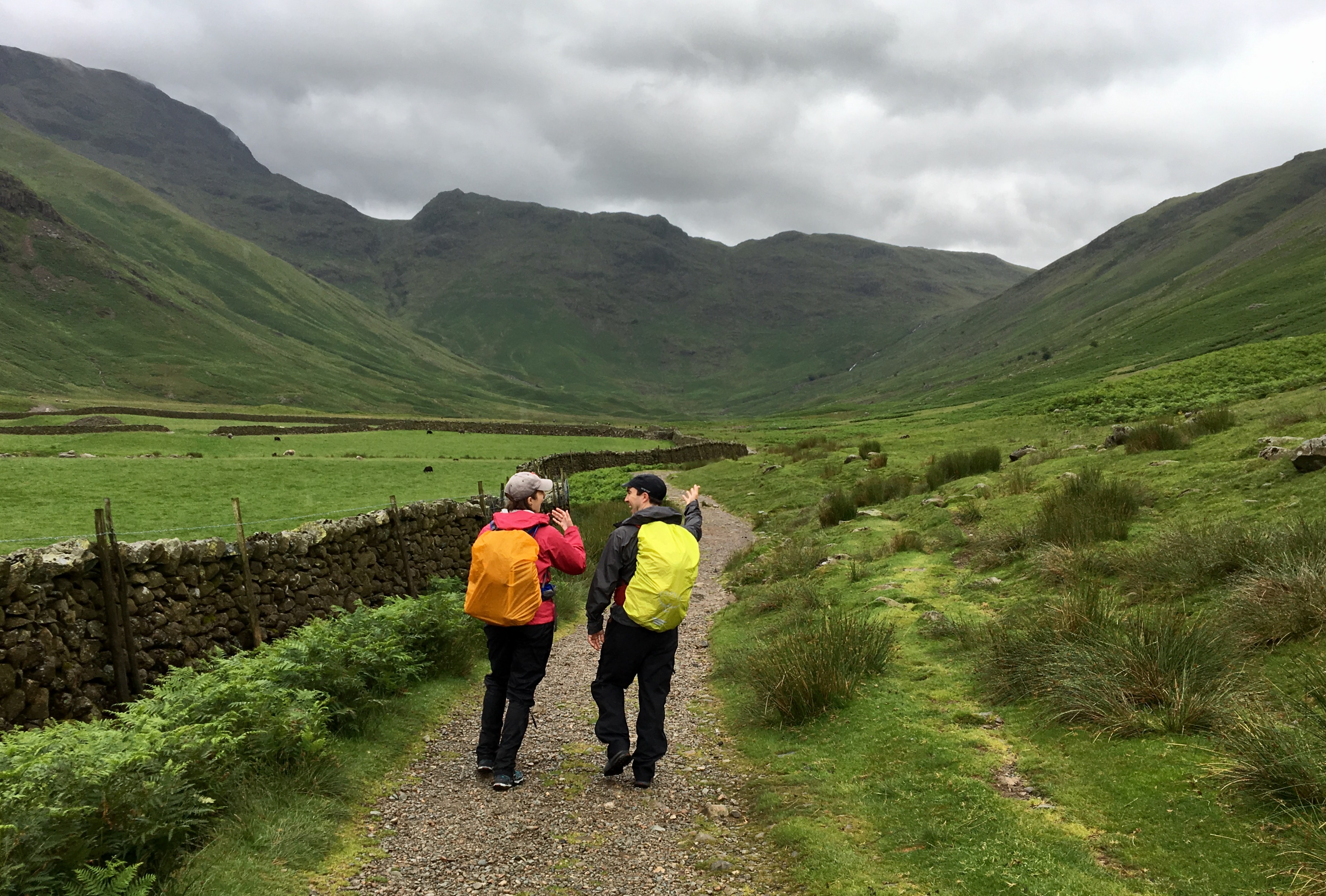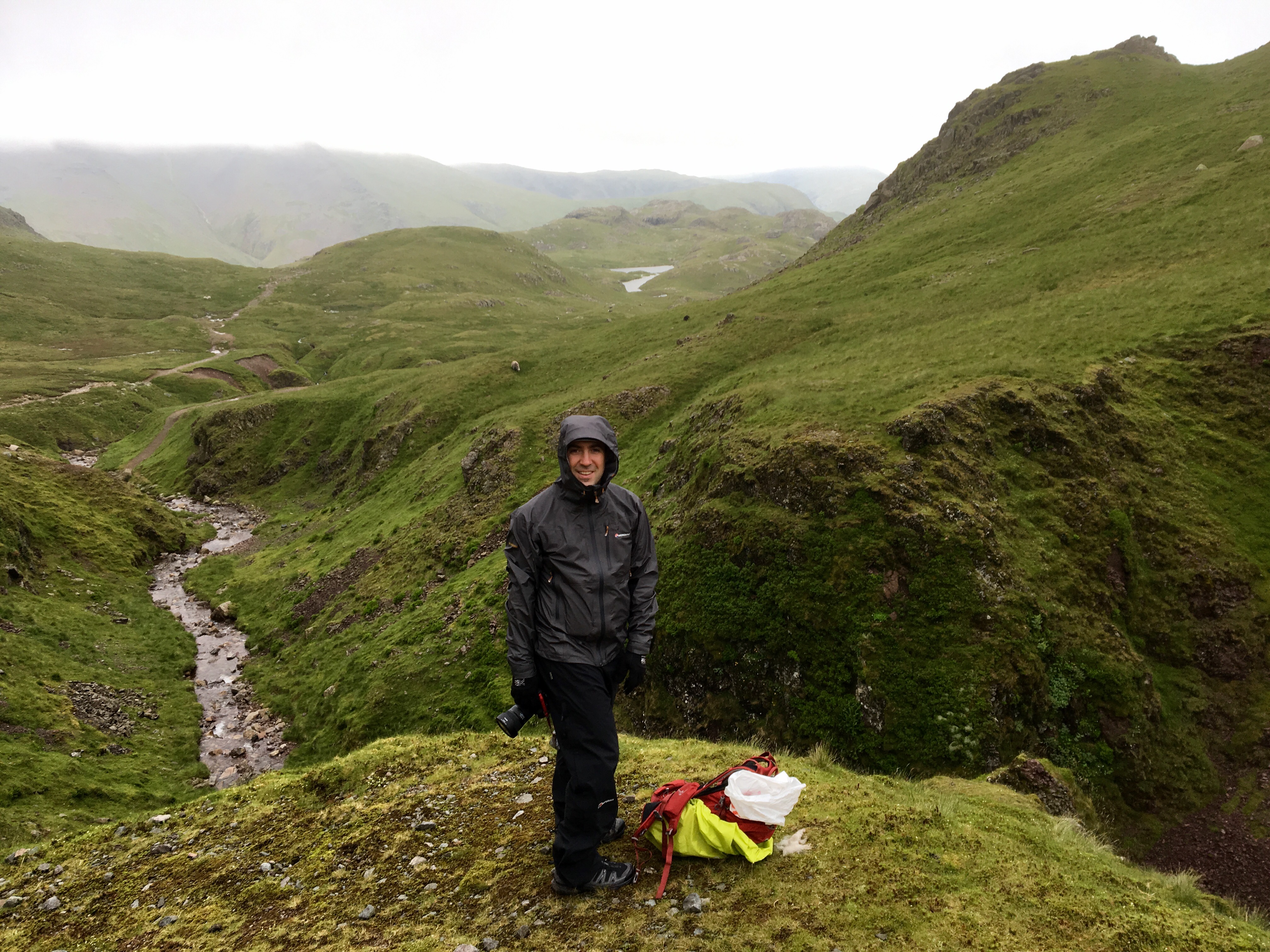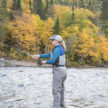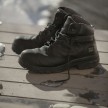How to Stay Dry While Hiking
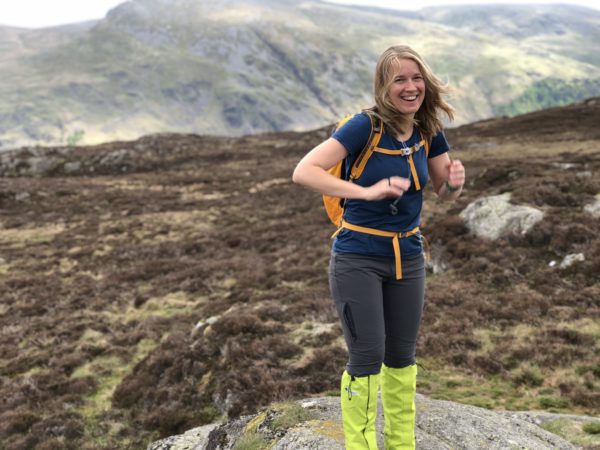
How to Stay Dry While Hiking in the Rain (Or Doing Just About Anything Else)
When the weekend rolls around, the last thing you want is for rain to spoil your outdoor fun. Some people choose to tough it out, perhaps reminding themselves, “Rain stops at the skin!” But while that attitude is certainly admirable, I confess to being a little… softer. I love playing in the rain, but I hate cold, wet feet and soggy clothes. Plus, being cold and wet can quickly turn from discomfort into danger, if temperatures drop or winds rise. Hypothermia’s no fun.
Choosing waterproof footwear
Let’s start at the bottom: with our feet. If your feet are wet and cold, you’ll be miserable. But it is possible to hike in wet conditions and keep your feet warm and dry!
A couple of years ago, I decided to invest in these ridiculously expensive Zamberlan leather boots and I love them. It’s always a trade-off between weight and other features (like durability and waterproofness) but I love that these boots are completely waterproof. (The only time my feet got wet was when I accidentally stepped INTO a bog and water swamped the top of the boot — as long as you don’t submerge them, they will stay dry!) The Vibram soles also have great traction on wet, slippery surfaces.

For wintry mix or black ice conditions, I have a pair of Keen Revel III’s. They have a warm, fuzzy insole and great traction on ice. I’ve worn them all through this weird, wet, slushy winter and they’ve also been a great option (that’s about half the price of the Zamberlans).
A couple of friends I hike with choose lighter shoes with a Gore-Tex lining, like Salomonsor Merrells, which they like. They seem to do OK in a light drizzle or a quick splash, but in wetter conditions, their feet doget wet. For me, I like the stiffer sole and actual waterproofness of a leather boot. Keep in mind that while rubber rain boots can be cute, they’re more for city walking or casual activities than anything active – your feet will overheat and your heel will slip around.
Some people worry that heavy leather boots will get wet, and then will take days to dry. This certainly happened to me after I completely soaked my boots (by, again, basically dumping water INSIDE them). But in every other instance, my feet have stayed warm and dry.
Keeping Your Gear Dry
To keep your backpack dry, I recommend a rain cover. I have one for my pack, and it has always worked great. It’s like a cute little raincoat for your pack!
Stores like REI and EMS also sell waterproof bags you can use to store your stuff inside your pack, in case rain gets in anyway — here’s an example. I also find these helpful for keeping things in my pack organized — extra socks, headlamp, gloves, warm hat, ibuprofen, whatever.
A lot of people also just use plastic bags — like large Ziplocs or plastic grocery bags — and those work just fine for a much cheaper price! Ziplocs are also see-through, which is helpful when you are hunting for something like a headlamp in fading light. In any event, I would definitely recommend bringing extra Ziplocs for putting your phone inside (or money, or other small items) just in case it really starts pouring. (You can even take photos with your phone *inside* a Ziploc bag! Although the photos will just be of rain…)
Rain jackets, rain pants, and gaiters
Of course, you can’t beat a good rain jacket. Take a look at our previous article for detailed advice on choosing a Gore-Tex jacket. At a minimum, I’d definitely recommend one with armpit zippers, like this one, so that if you get hot you can vent some heat without taking off the jacket. It’s annoying to have to be always putting your jacket on… taking it off… putting it back on. But good zippers at the armpit can help you vent just enough heat to regulate your temperature. I find that’s even the case with insulated waterproof jackets, like this one from Patagonia.
A great pair of rain pants is worth investing in. I’ve been known to go out and work in the garden in pouring rain in my beloved rain pants! Get a pair that’s roomy enough to pull them on over your regular pants. You should also be able to get them on and off without removing your boots – that’s the reason the better pairs have long zippers up the side. (If it’s a double zipper, you can also create a “knee vent” by leaving the bottom of the pants zipped, but creating an opening for heat to escape out the sides.)
Next, gaiters. I’ve found that I wear my gaiters even more than my rain pants. Gaiters are great if you’re dealing with mud/wet grass/wet underbrush but it’s not actually raining. They’re also great for plowing through snow! I have the kind that come up to my knee, and I wear them in all seasons.
Keeping your head and hands dry
If, like me, you really hate being wet but you love being outside, I recommend a waterproof hat with a brim to keep water off your face (to be worn under your hood). I also recommend looking for a pair of GoreTex shell mittens. These can be hard to find – I’m not talking about big, puffy, warm mittens. A number of brands (like Outdoor Research) make unlined waterproof mitts that are meant to go on over warmer mittens or gloves. But they’re also great on their own in warm weather if you just happen to be doing stuff outside in a deluge. Dry hands are the best!
Keeping DWR fabric waterproof
I have been able to get more life out of some of my older waterproof rain pants and raincoats using this sprayfrom Nikwax. The best way to keep waterproof clothing in good shape is to keep it clean — dirt will erode the fabric and DWR coating. They also sell special washes for waterproof clothes, but you can also just wipe it off at the end of your hike.
Don’t let bad weather deter you! Suit up and get outside.



